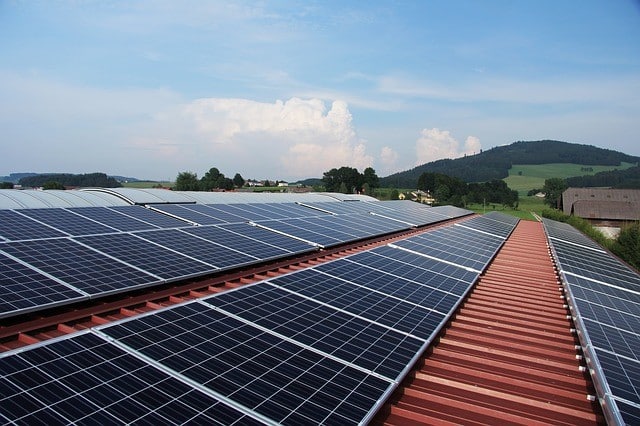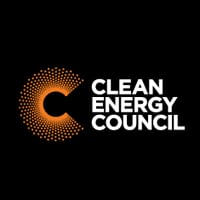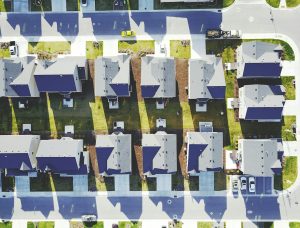The Clean Energy Council’s new Clean Energy Report 2018 shows 2017 was a record year for solar power in Australia.
During the year there were 1.1 GW of small-scale solar panels installed. This equates to around 1.7 million homes across the country.
Released today, the CEC report also revealed 5,000 MW worth of large-scale renewable energy projects are already under construction or ready to start in 2018. This equates to around $11 billion in investments and over 6,000 jobs.
Sixteen large-scale renewable energy projects were also completed in 2017. These included the 15 MW Sunshine Coast solar farm in Queensland, and the 10 MW Gullen Range solar farm in NSW.
Clean Energy Report 2018: Solar & batteries in growth phase
Small-scale solar amounted to 20 per cent of all renewables, and 3.4 per cent of total electricity generation for the year. One of the biggest growth areas was in residential energy storage battery installations. Nearly 21,000 batteries were installed, about three times more than in 2016.
One of the most significant events of the year was the construction of the world’s largest lithium-ion battery at Hornsdale wind farm in South Australia. This led to a reported surge in sales of Tesla batteries, such as the Tesla Powerwall 2.
It also resulted in additional large-scale battery project contracts for Tesla. This means we are likely to see more giant batteries being built across the nation.
The CEC identified several key factors that influenced small-scale solar growth. These included rising electricity prices and prices paid for feed-in tariffs. The falling cost of solar panels and energy storage batteries were also significant.

Outlook for the future to 2020
Another major announcement during the year was the proposed National Energy Guarantee (NEG) to tackle energy reliability and affordability and emissions.
However, the states and territories have been setting their own renewable energy targets:
- A.C.T. – target of 100 per cent renewables by 2020.
- Victoria – 25 per cent by 2020 and 40 percent by 2025.
- Northern Territory – 50 per cent by 2030.
- Queensland – 50 per cent by 2030.
Tasmania is leading the nation in renewables, with over 90 per cent of its energy coming from hydro power. During the year Tasmania also announced its ‘Battery of the Nation’ plan. This will boost the state’s hydropower system using pumped hydro energy storage, helping to improve prices and reliability of supply for consumers.







































